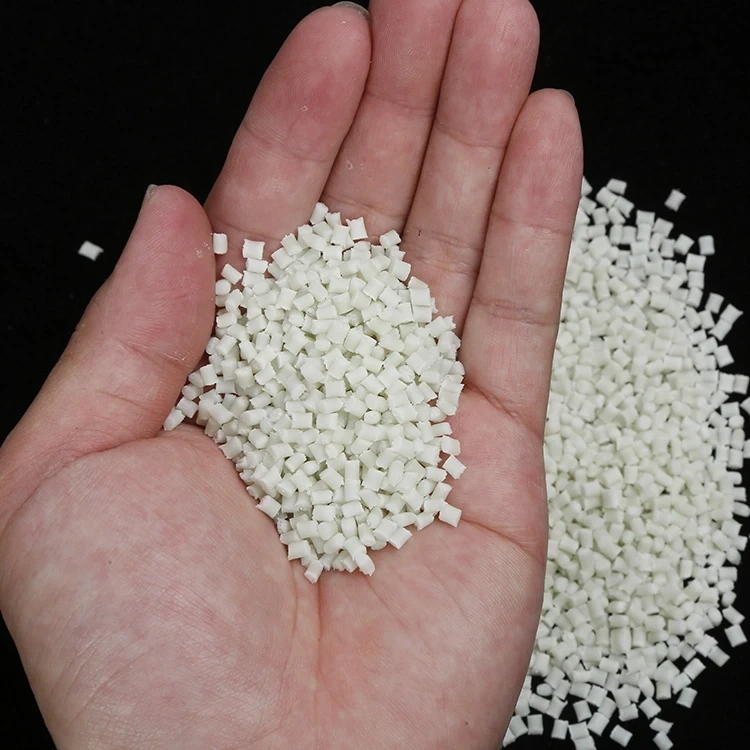Email format error
Email cannot be empty
Email already exists
6-20 characters(letters plus numbers only)
The password is inconsistent
Email format error
Email cannot be empty
Email does not exist
6-20 characters(letters plus numbers only)
The password is inconsistent

Offer Technical Support and Customized Solutions
The company is committed to creating new and improved plastic materials to meet the evolving demands of the market.

How to Differentiate Types of Plastic Via Burning Test?
Hello readers! Welcome to the TOPONEW blog. Today, we are going to discuss a fascinating topic: the burning test method to differentiate various types of plastics. Plastics are an integral part of our daily lives, and knowing how to distinguish between different types is essential for proper disposal and recycling. Let's dive in and explore the characteristics of different plastics when subjected to burning.
Polypropylene (PP)
When ignited, PP burns easily, with melting and dripping. The flame color is yellow on top and blue below. After removing the flame, it continues to burn, emitting a petroleum odor.
Polyethylene (PE)
PE also catches fire easily, accompanied by melting and dripping. The flame color is yellow on top and blue below. It continues to burn after removing the flame, releasing a wax-like burning smell.
Polyvinyl Chloride (PVC)
PVC is difficult to ignite and does not soften easily. When burned, it produces a yellow flame on top and green on the bottom, along with smoke. The flame extinguishes upon removal, leaving behind an acidic odor.
Polyoxymethylene (POM)
POM burns easily and melts, but it does not produce smoke. The flame color is yellow on top and blue below. After removing the flame, it continues to burn, emitting a strong formaldehyde smell.
Polystyrene (PS)
PS ignites easily, softens, and forms orange-yellow bubbles. It generates thick black smoke and turns into ash. After removing the flame, the surface remains oily and shiny, with a distinctive styrene smell.
Nylon (PA)
Nylon ( like Nylon 6 or Nylon 66) burns slowly, with a flame that melts and drips. After removing the flame, it slowly extinguishes while creating foam. It releases a unique smell similar to wool or nail polish.
Polymethyl Methacrylate (PMMA)
PMMA is prone to burning and melting, forming bubbles. The flame color is light blue, and the material appears white. It burns without smoke, and even after removing the flame, it continues to burn, emitting a strong fruity or decaying vegetable odor.
Polycarbonate (PC)
PC is flammable and softens with the formation of bubbles. It produces a small amount of black smoke. The flame extinguishes upon removal, without any distinct odor.
Polytetrafluoroethylene (PTFE)
PTFE does not burn; instead, it decomposes in intense heat and releases a pungent odor of hydrofluoric acid.
Polyethylene Terephthalate (PET)
PET ignites easily, softens, and forms bubbles with an orange flame. There is a small amount of black smoke. After removing the flame, it slowly extinguishes, leaving behind an acidic smell.
Acrylonitrile Butadiene Styrene (ABS)
ABS burns slowly, without melting or dripping. The flame color is yellow, accompanied by black smoke. After removing the flame, it continues to burn with a special odor.
It's important to note that conducting a burning test should only be done in a controlled and safe environment. The purpose of this test is to help identify plastic types for appropriate recycling or disposal methods.
In conclusion, at TOPONEW, as a leading supplier of engineering modified plastic granules or plastic pellets, we understand the importance of identifying and distinguishing between different types of plastics. The burning test method serves as a helpful tool in this regard.
Stay connected with us for more informative content on engineering modified plastic, plastic granules, and plastic pellets. Your trust in TOPONEW is greatly valued!
https://www.toponew.com/products/pa6-compound
https://www.toponew.com/products/pa66-compound

